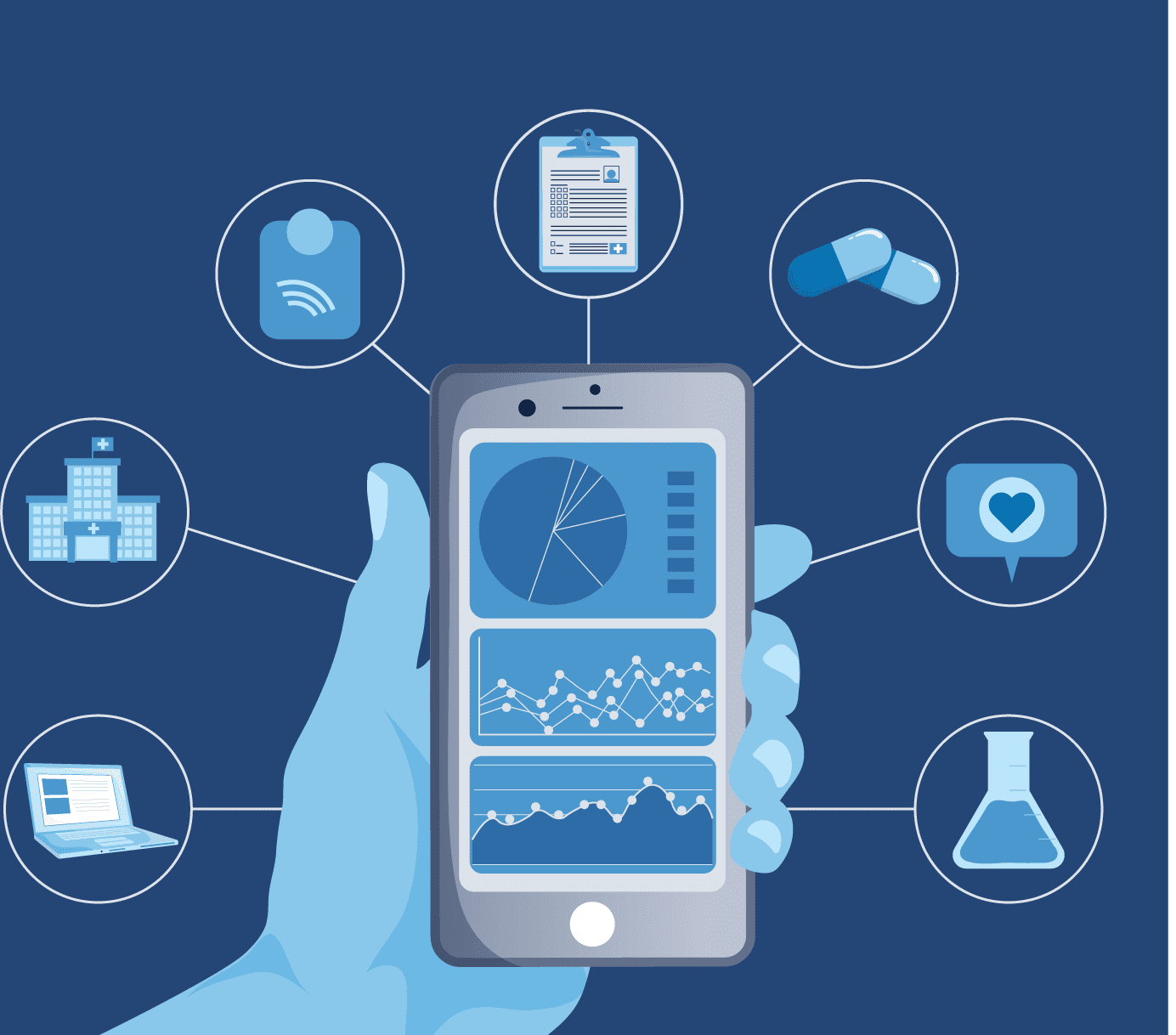In recent years, healthcare has undergone a quiet revolution—one that has become especially vital for cancer care: remote patient monitoring (RPM). With cancer patients often requiring continuous care, frequent hospital visits, and early detection of complications, the ability to monitor health in real time from home is no longer a luxury—it’s becoming a necessity. But the big question remains: Can remote monitoring actually reduce hospitalizations for cancer patients? Emerging evidence suggests it can.
Why Cancer Patients Are Frequently Hospitalized
Cancer treatment, especially chemotherapy, can significantly weaken the immune system, increase susceptibility to infections, and cause side effects such as nausea, dehydration, and fatigue. Patients often get hospitalized due to:
-
Sudden infections (like febrile neutropenia)
-
Unmanaged side effects
-
Delayed detection of deterioration
-
Emotional or cognitive distress
These issues, when caught late, escalate quickly—leading to ER visits and preventable hospital stays.
What is Remote Patient Monitoring (RPM)?
RPM uses wearable devices, mobile apps, or home-based tools to track vital signs like temperature, blood pressure, oxygen levels, weight changes, and even patient-reported symptoms. This data is shared in real-time with healthcare teams, allowing early interventions before a crisis develops.
How RPM Helps Reduce Hospitalizations
-
Early Detection of Complications
Subtle changes in vital signs often precede major complications. RPM enables clinicians to catch warning signs and adjust treatment or medications proactively—avoiding emergency room trips. -
Better Symptom Management
Many cancer patients suffer silently between visits. Remote tracking of nausea, pain, or fatigue allows for timely palliative care interventions that keep patients stable at home. -
Improved Treatment Adherence
Reminders for medications, hydration, and exercises improve adherence to treatment plans, reducing complications that lead to hospitalization. -
Enhanced Emotional & Mental Health Support
Some platforms include mood tracking or mental health check-ins, enabling early support for anxiety or depression, which often go hand-in-hand with cancer care. -
Reduced Risk of Hospital-Acquired Infections
With immunocompromised patients, avoiding unnecessary hospital stays reduces the risk of acquiring secondary infections.
Real-World Evidence
A study published in the New England Journal of Medicine (Basch et al., 2017) showed that cancer patients who used remote symptom monitoring had a 7% lower hospitalization rate, improved survival rates, and better quality of life.
Many leading cancer centers—including Memorial Sloan Kettering and Tata Memorial Hospital in India—are increasingly integrating RPM in post-discharge and outpatient care protocols, particularly for high-risk patients.
Challenges and Considerations
While RPM holds promise, it also faces challenges:
-
Digital literacy: Not all patients, especially the elderly, may be comfortable with tech.
-
Connectivity issues in rural areas may limit effectiveness.
-
Privacy and data security concerns must be addressed.
-
Integration into existing workflows can be resource-intensive.
The Future of Cancer Care is Hybrid
Remote monitoring isn’t about replacing in-person visits—it’s about enhancing continuity of care. By blending technology with human touch, we can reduce preventable hospitalizations, improve patient outcomes, and bring peace of mind to patients and caregivers alike.
Yes, remote monitoring can reduce cancer hospitalizations—when implemented thoughtfully. It empowers patients, lightens the burden on hospitals, and ensures timely interventions. As technology becomes more accessible, remote care will play a central role in making cancer treatment not just more effective, but more humane.




